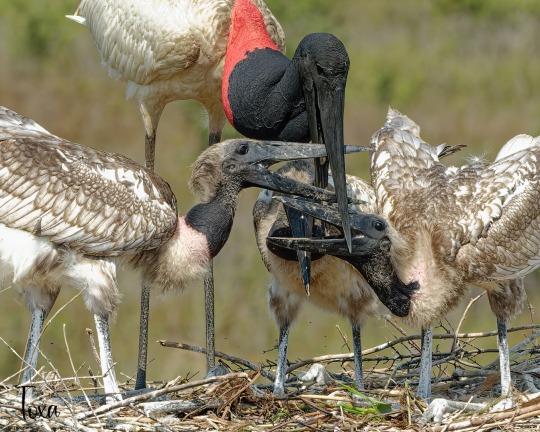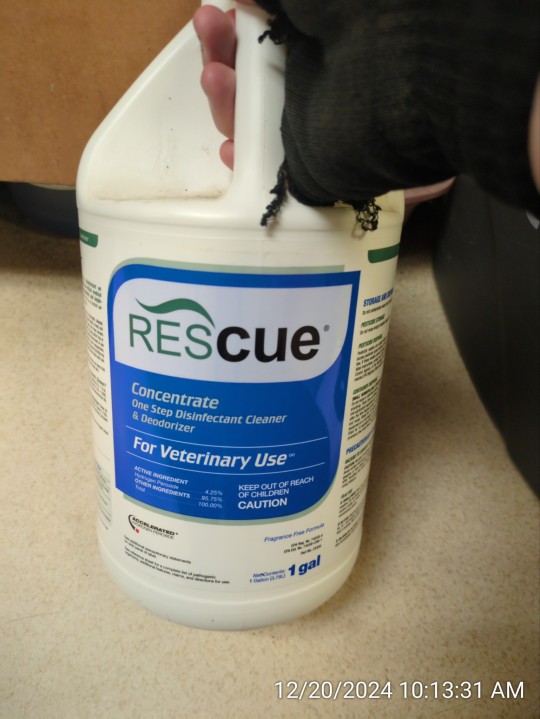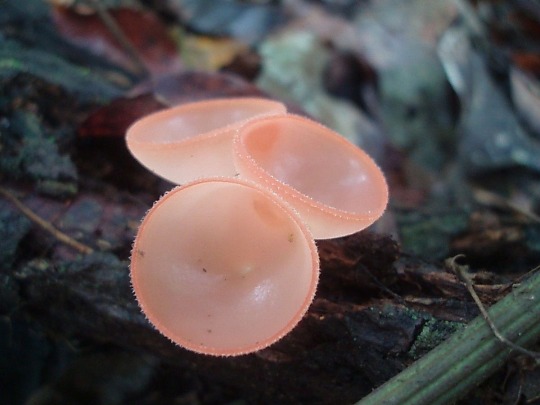Tranquility is ruined by a little dark bee in the crook of the elbow.
Don't wanna be here? Send us removal request.
Text


Super cool gravity defying mount I saw online of a peregrine falcon with a partridge (x)
796 notes
·
View notes
Text

Jabiru Stork (Jabiru mycteria) adult feeding its hideous children, family Ciconiidae, order Ciconiiformes, Mato Grosso, Brazil
photograph by Xavier Topakian
910 notes
·
View notes
Text
extremely cool article you should read if you haven’t already
21K notes
·
View notes
Text

CONNIE PANZARINO at a pride march in Boston circa 1990

the cyborg & the crip by Alison Kafer
42K notes
·
View notes
Photo

Paulina Ołowska (Polish, 1976), The Paleontologist, 2019. Oil on canvas, 220 x 150 cm.
340 notes
·
View notes
Text


uhm. lobster
#everybody say hiiiii to the new baby#no name. pretty sure she’s female but could be wrong since this is my first scorpion#the menagerie#upload#self reblog#animalia#arthropoda#arachnida
3 notes
·
View notes
Photo

(Agkistrodon bilinaetus taylori) Taylor’s cantil
717 notes
·
View notes
Text


Common Emerald Dove (Chalcophaps indica), male, family Columbidae, order Columbiformes, Singapore
photograph by Dan N Kev
1K notes
·
View notes
Text
so, many of you have probably seen news about one of the first recorded severe case of HPAI (avian flu) in humans.
a lot of you who follow me are birders or inatters or adjacent. hence, a lot of you guys have birdfeeders.
from a rehab worker of almost 3 years: Disinfect your goddamn feeders. not only for HPAI but other diseases, such as avian pox, and for the safety of the birds
and of course, heres how!
now here at rehab we use rescue to disinfect, which is a big ol fancy thing that looks like this

for all our stuff. it's about 1-2tbsp rescue per 32oz water. however, most of you guys cant get a hold of it. so, heres some other things suggested by friends & coworkers that will work just as well
-diluted hydrogen peroxide
-bleach (diluted)
etc. in addition, it's best to use the hottest water you can handle in order to kill off more viruses (our industrial washer does up to 200°F, but whatever you can works just as well.)
the most important thing here is to USE GLOVES!!! PLEASE. pair of gloves to wash it and preferably when youre rinsing it use a DIFFERENT pair of gloves so it doesnt get dirty again.
lastly, if youre seeing visibly uninjured dead birds in your yard, lethargic birds at your feeder, red discolouration or growths on exposed skin, blood on your feeder, or anything else you might deem unusual, take down your feeder. the birds will get food elsewhere i promise, just leave it down for two weeks at least and sterilize it using any of the steps above.
also. please dont hand feed birds. yes even ducks. please please ignore what you see on instagram, it only creates more work for rehabbers. this includes trying to camouflage yourself and feed the birds from your hand when they dont know youre a person. it only hurts you and the birds, and yes this includes hummingbirds. do not try and feed birds off of yourself directly. please. thank you
be safe, clean your feeders, and happy birding!
in addition, below is an approximate of the procedure we use at my work to prevent outbreaks in our residents/patients.
changing aprons between birds, esp for personable birds (assimilated to people, like to fly onto you), switch gloves between birds, between touching hoses, etc. spray or dip + scrape shoes into rescue/accel solution before entering enclosures & or buildings. daily mopping w rescue solution, all dishes are hand washed with soap and hot water, then sent into an industrial washer @ 200°F.
3K notes
·
View notes
Text

everyone trying to own trump about the "he doesn't know sex isn't determined at conception" thing really fundamentally does not understand what the point of that was, and learned basically nothing from his first term. he is not invested in scienve, biology, or any rational discussion where his provably false beliefs would be subject to scrutiny. he is signaling to everyone in the country that it does not matter what you say, he will never care and he will take every action to enforce these views and embolden his followers with the same rhetoric. you cannot logically talk to a person like this when they are reasoning with emotion, not logic. you cannot dunk the transphobia away. someone post the vonnegut quote.
28K notes
·
View notes







